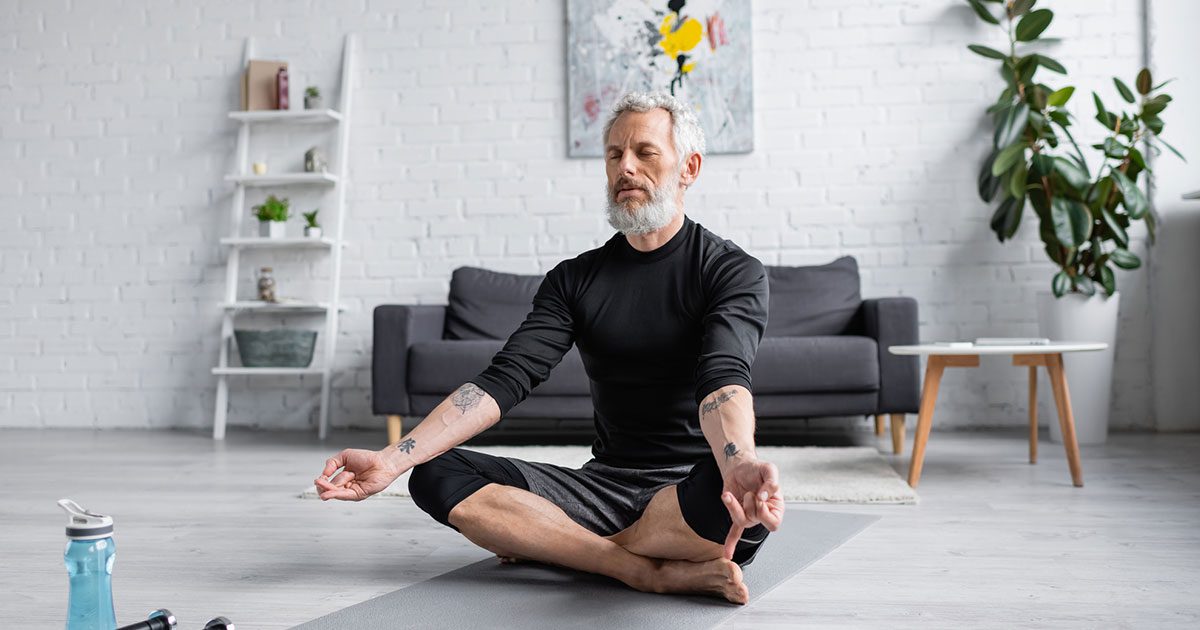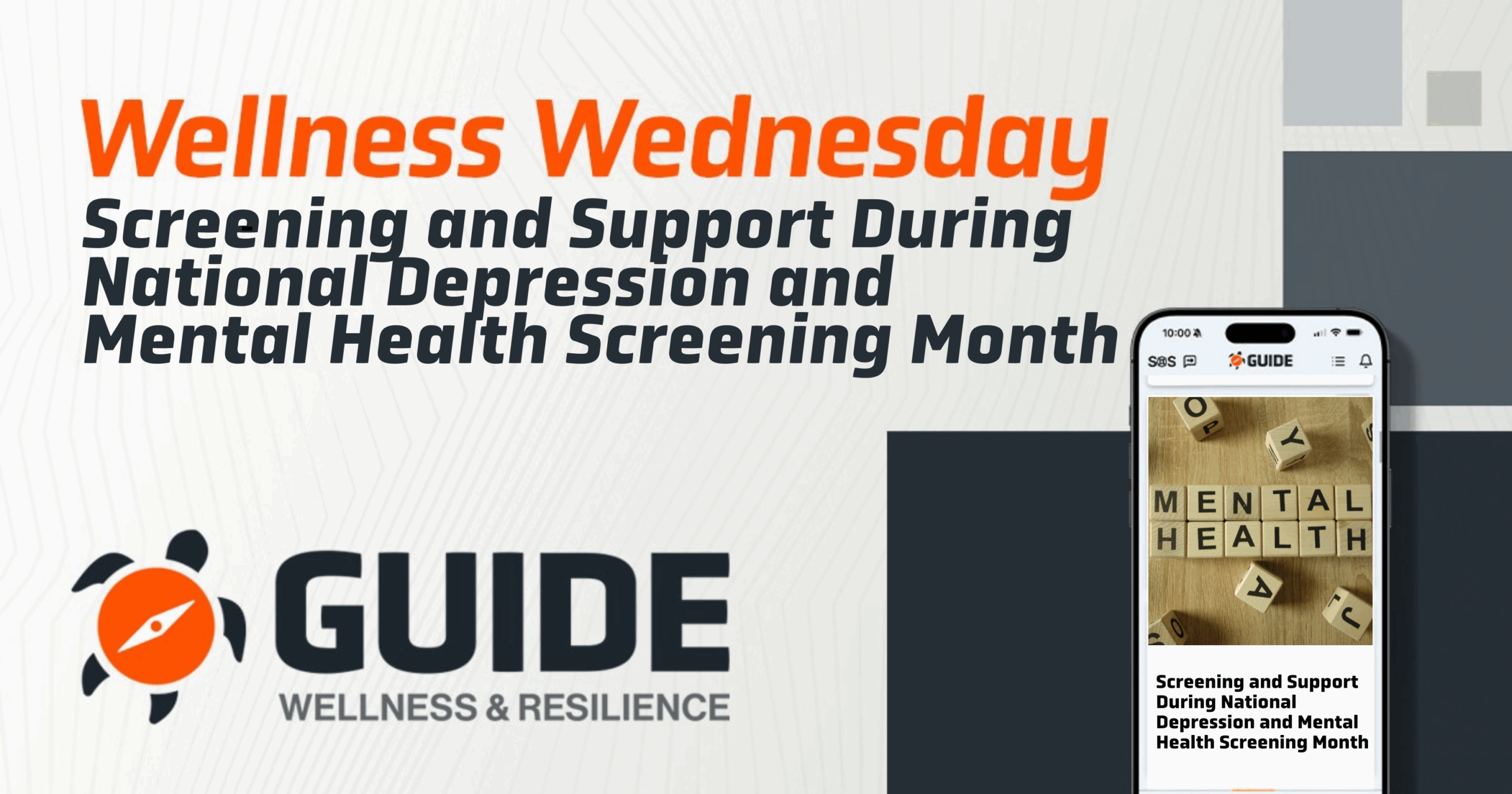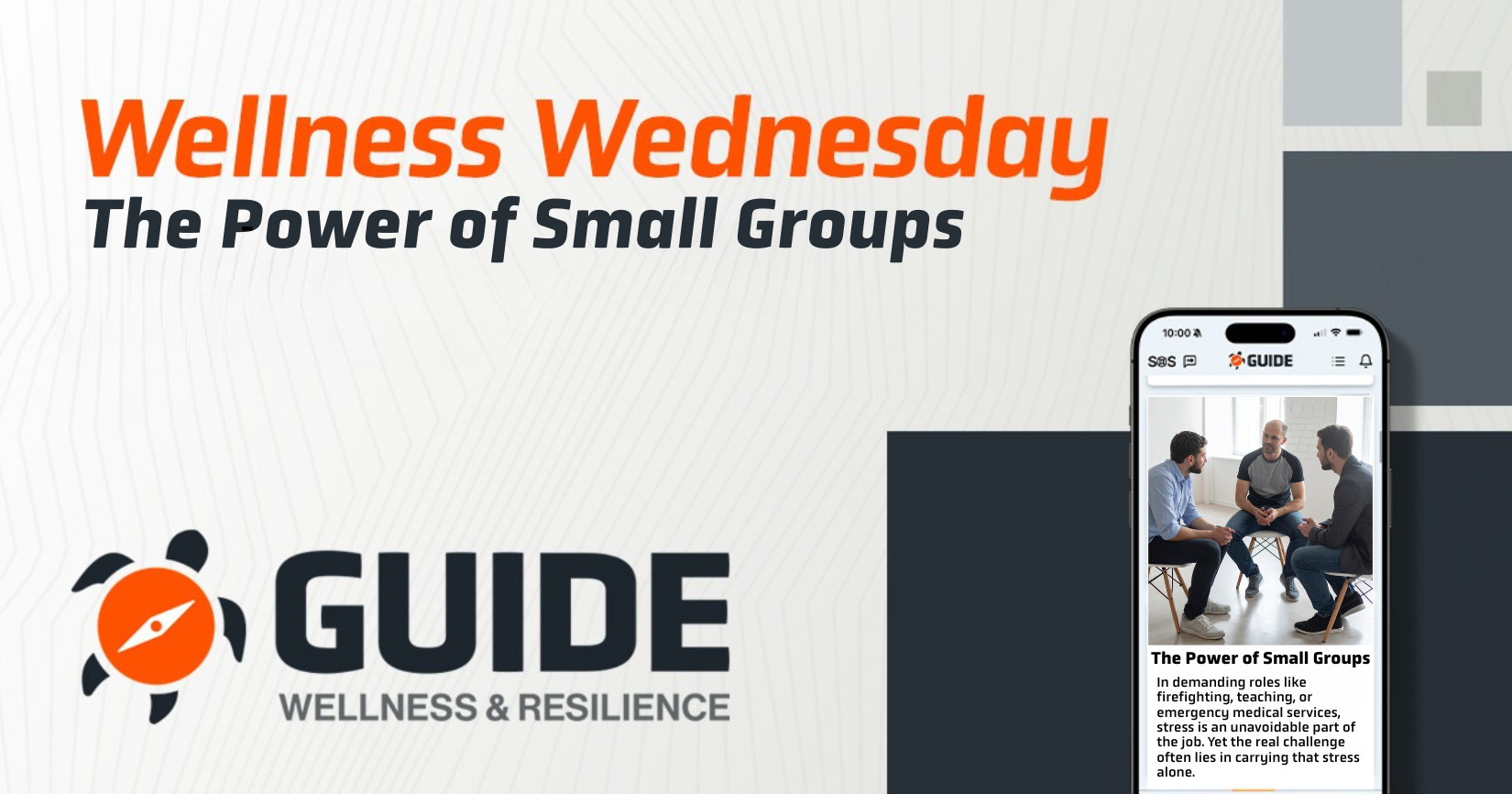After a long, demanding shift, it’s natural to feel both physically and mentally exhausted. For many of us, the time after work is a chance to reset, decompress, and find peace before the next day begins. Meditation is one of the simplest yet most powerful tools to ease stress, reduce anxiety, and enhance well-being. In this post, we’ll explore easy meditation techniques anyone can use to unwind and reset after a tough workday.
Why Meditation Is Effective for Stress Relief
Meditation has been practiced for centuries as a method of calming the mind and body. Science now shows that regular meditation can reduce levels of cortisol, the body’s main stress hormone. It also improves focus, lowers blood pressure, and helps create a greater sense of emotional stability. But one of the best things about meditation is how accessible it is—you don’t need any equipment or prior experience to benefit.
Simple Meditation Techniques for Unwinding After a Long Shift
Here are some easy meditation techniques that are effective for helping you unwind, even after a particularly stressful day.
1. Deep Breathing Meditation
Deep breathing is one of the simplest ways to ease tension and focus your mind. By concentrating on each breath, you can anchor yourself to the present moment, letting go of the worries and stresses of the day.
How to Do It:
- Find a quiet, comfortable place to sit or lie down.
- Close your eyes and take a deep breath in through your nose, letting your lungs fill completely.
- Exhale slowly through your mouth, noticing the sensation as the air leaves your body.
- Continue this process, focusing entirely on your breath and how it feels.
- Aim to breathe slowly and rhythmically, around 4-5 seconds per inhale and exhale.
Start with just five minutes and gradually increase the time if you feel comfortable. This technique calms the nervous system and can help release stress accumulated throughout the day.
2. Guided Imagery Meditation
Guided imagery involves imagining a peaceful, calming scene in your mind. This method allows you to transport yourself mentally to a place where you feel relaxed and safe.
How to Do It:
- Sit or lie down comfortably and close your eyes.
- Take a few deep breaths to settle in.
- Begin to imagine a peaceful place—whether it’s a beach, forest, or quiet cabin in the mountains.
- Try to immerse yourself in the details of this setting: What sounds do you hear? How does the air feel? What colors do you see?
- Focus on the sensation of peace this scene brings you.
Spend about 10 minutes in this visualized place. Guided imagery can help replace negative thoughts with a sense of calm, making it a great way to unwind after work.
3. Body Scan Meditation
A body scan is a technique that helps release physical tension by mentally “scanning” each part of your body and relaxing it one area at a time.
How to Do It:
- Lie down comfortably with your eyes closed and take a few deep breaths.
- Start with your toes. Focus on them, noticing any tension. Breathe deeply, then consciously relax them.
- Move up to your feet, ankles, and so on, progressively up to your head.
- Take your time with each area, noticing and releasing any tightness or discomfort.
This exercise can take 10–15 minutes and is an effective way to become aware of any stress stored in your body, helping you unwind after a busy day.
4. Mindfulness Meditation
Mindfulness meditation is about observing your thoughts, emotions, and sensations without judgment. It’s a practice of being fully present and aware of the moment.
How to Do It:
- Sit in a comfortable, upright position and close your eyes.
- Take deep breaths and focus on each breath.
- Allow any thoughts that enter your mind to come and go without judgment. Notice them, but don’t dwell on them.
- If you feel your mind wandering, gently bring your focus back to your breathing.
Mindfulness meditation helps train your mind to stay focused and calm, making it a powerful technique for managing stress and increasing mental resilience.
5. Gratitude Meditation
Practicing gratitude can shift your focus from the stresses of the day to what you appreciate in life. This simple shift can have a profound impact on mood and mental well-being.
How to Do It:
- Sit or lie down comfortably, close your eyes, and take a few deep breaths.
- Think of three things from your day or life that you’re grateful for.
- As you bring each one to mind, take a moment to truly feel appreciation for it.
- Take a deep breath for each item on your gratitude list, letting the feeling of gratitude spread through your body.
Practicing gratitude helps change your perspective, making it easier to unwind and find peace after a difficult shift.
Tips for Starting a Post-Shift Meditation Routine
- Make It a Habit: Try to meditate after work at the same time each day to establish a routine.
- Keep It Short: Start with just five or ten minutes. Gradually increase the time as you get more comfortable.
- Create a Relaxing Environment: Find a quiet, comfortable place where you won’t be disturbed.
- Combine Techniques: Don’t hesitate to combine different meditation methods or try new ones to find what works best for you.
Final Thoughts on Meditation for Stress Relief
Meditation doesn’t have to be complicated. Just a few minutes each day can make a world of difference in your ability to relax and let go of stress. By incorporating these simple meditation techniques into your routine, you can unwind more effectively and build a stronger mental foundation for future challenges.
If you’re interested in learning more about mindfulness and wellness practices, check out our other resources designed to support your mental health journey.




